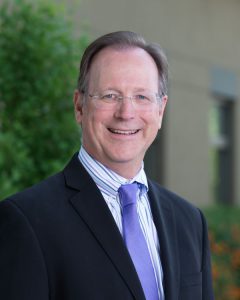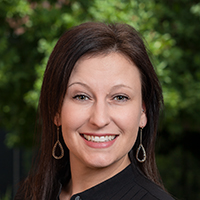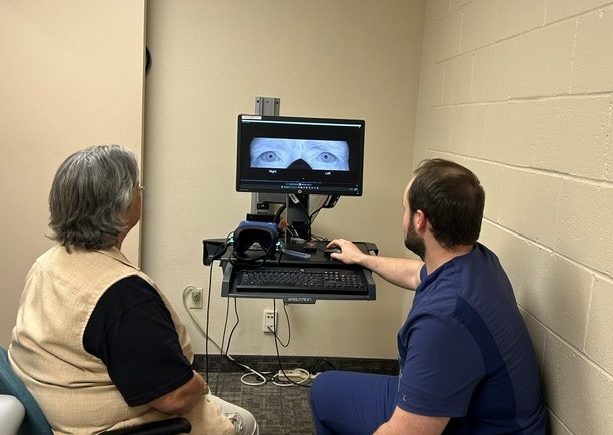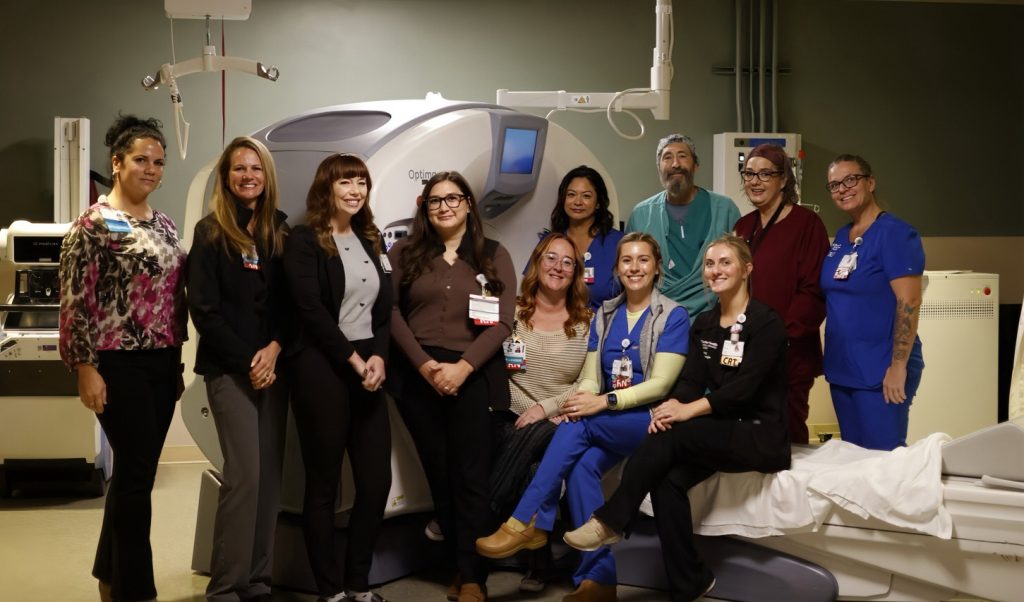By Bryan Gardner and Monique Binkley Smith, Vitals contributors
Within 10 years, the U.S. health system will face a critical shortage of up to 124,000 doctors, according to the American Medical Association.
What will this shortage mean for patients? Experts say it could lead to longer waits for appointments, an increase in costs for patients, and a decrease in the quality of patient care.
Now, one integrated health system is deploying a multi-pronged approach to improve access for patients—not only by maintaining but by increasing the number of practitioners available to provide primary and specialty care.

Dr. Todd Smith, Sutter Health Chief Physician Executive
Northern California-based Sutter Health is hiring new clinicians, training new doctors, increasing the number of advanced practice clinicians (APCs) and investing $750 million to build new medical clinics and outpatient facilities.
“In primary care, we have demand that outstrips our supply as we seek to grow the number of patients we serve. And it’s not just primary care. There’s also a need for specialists,” says Dr. Todd Smith, Sutter Health’s chief physician executive.
Recruitment and Retention
Given the national shortage, is it even possible to recruit enough physicians? That’s where advanced practice clinicians (APCs), including physician assistants and nurse practitioners, come in.
“At Sutter Health, we see APCs as a vital part of the solution,” Dr. Smith says.
Kristin Hallmark, executive for Sutter Physician Services, agrees. “We think APCs should be empowered and supported so they can practice at the top of their license. We are embedding APCs in our primary care and in our clinics,” she says.

Kristin Hallmark, Director of Physician Services at Sutter Health
According to Hallmark, Sutter is on a pace to hire more than 650 clinicians this year, a combination of doctors and APCs. Simultaneously, the health system recognizes that retaining current clinicians is vital to its vision to serve up to 4 million patients by the year 2030.
For both incoming and current clinicians, Dr. Smith says Sutter is focused on creating a supportive environment to practice medicine—where doctors and APCs work together to focus on patient care and be less distracted by administrative tasks.
“We want to create a consistent, complete experience as clinicians begin their practice so they can focus on providing the best care to their patients,” Dr. Smith says.
The more time clinicians spend on paperwork, for instance, the less time they have for direct patient care and the greater risk of burnout.
To streamline how clinicians deliver personalized care, Sutter has collaborated with clinicians on how dedicated support staff can help manage emails and insurance paperwork. In addition, as part of an integrated care team, pharmacists have demonstrated how they can reduce the workload on clinicians by educating patients on drug side effects and prescribing and adjusting medications where appropriate. Cutting-edge technology is playing a growing part as well. For example, enhancing portions of the electronic health record and using AI-powered tools are further reducing the documentation burden.
And importantly, fostering a nurturing work environment where having more clinicians can lead to a healthier work-life balance enables them to recharge and avoid burnout.
Using a team approach and technology to help ease physician and care team workloads can mean more time for clinicians to spend with patients, which helps create a more satisfying environment where both new and more experienced clinicians can practice medicine for years to come.
Training is Key to Growing the Number of Physicians
“The only way we’ll work through some of the clinician shortages we see in our communities and across the country is to train more physicians,” says Warner Thomas, Sutter Health president and CEO. “That’s why we are investing in and growing Sutter’s Graduate Medical Education program.”
Sutter’s GME program has 17 nationally accredited programs. It recently introduced 86 new resident physicians and has put plans in motion to quadruple in size by 2030 to more than 900 resident and fellow doctors.
By providing a robust training environment with experienced mentors at 23 hospitals and hundreds of outpatient care centers, Sutter aims to retain at least 60% of these physicians to be the next generation of care team leaders for the organization.
Hallmark says, “It’s important that we foster our relationships with residents –I call this stickiness— as we help them build connections and networks. We don’t want them to think about leaving us and going elsewhere.”
To complement the training of doctors, Sutter recently announced additional training for APCs through its APC New Graduate Onboarding program. APCs will be offered three-months of additional training designed to supplement their formal training with real-world clinical mentorship and educational opportunities.
“We are already succeeding at attracting and training more physicians and APCs,” Dr. Smith says. “Clinicians are eager to establish their practice at Sutter Health because we’re providing them with the support they need so they can keep their focus on what’s important— providing patients with high quality, personal and compassionate care at the right place and right time.”





